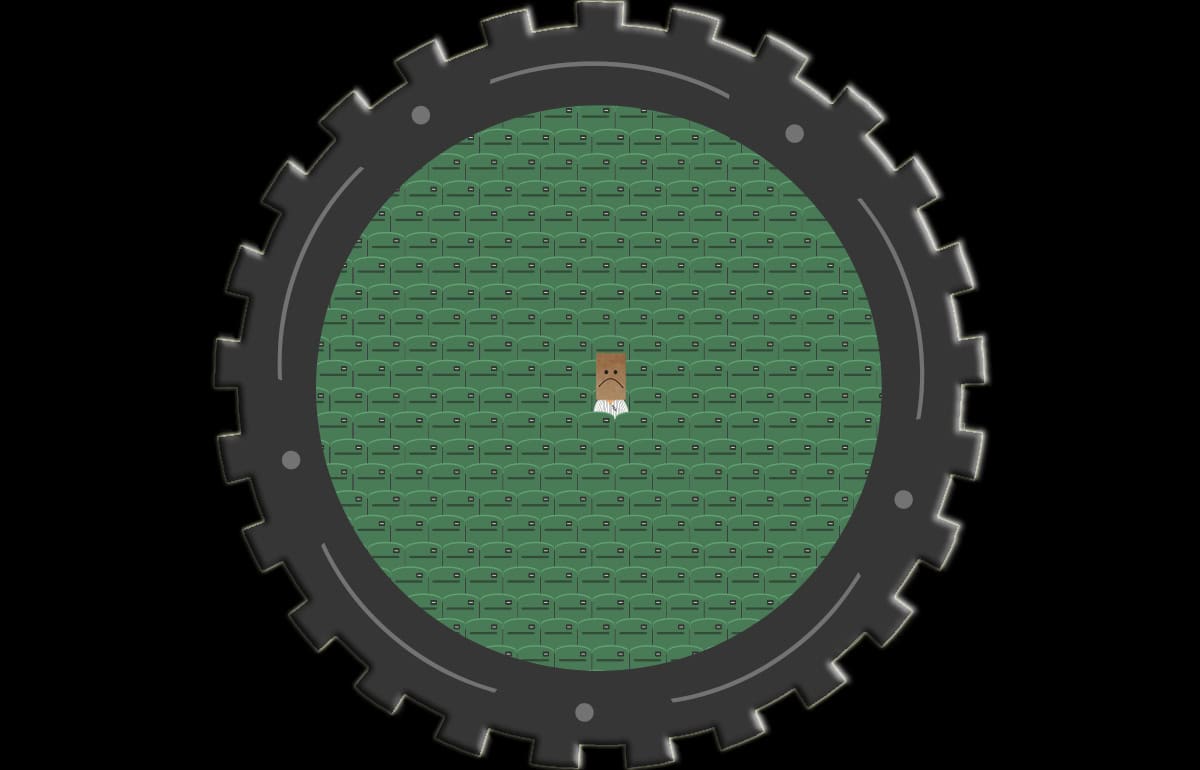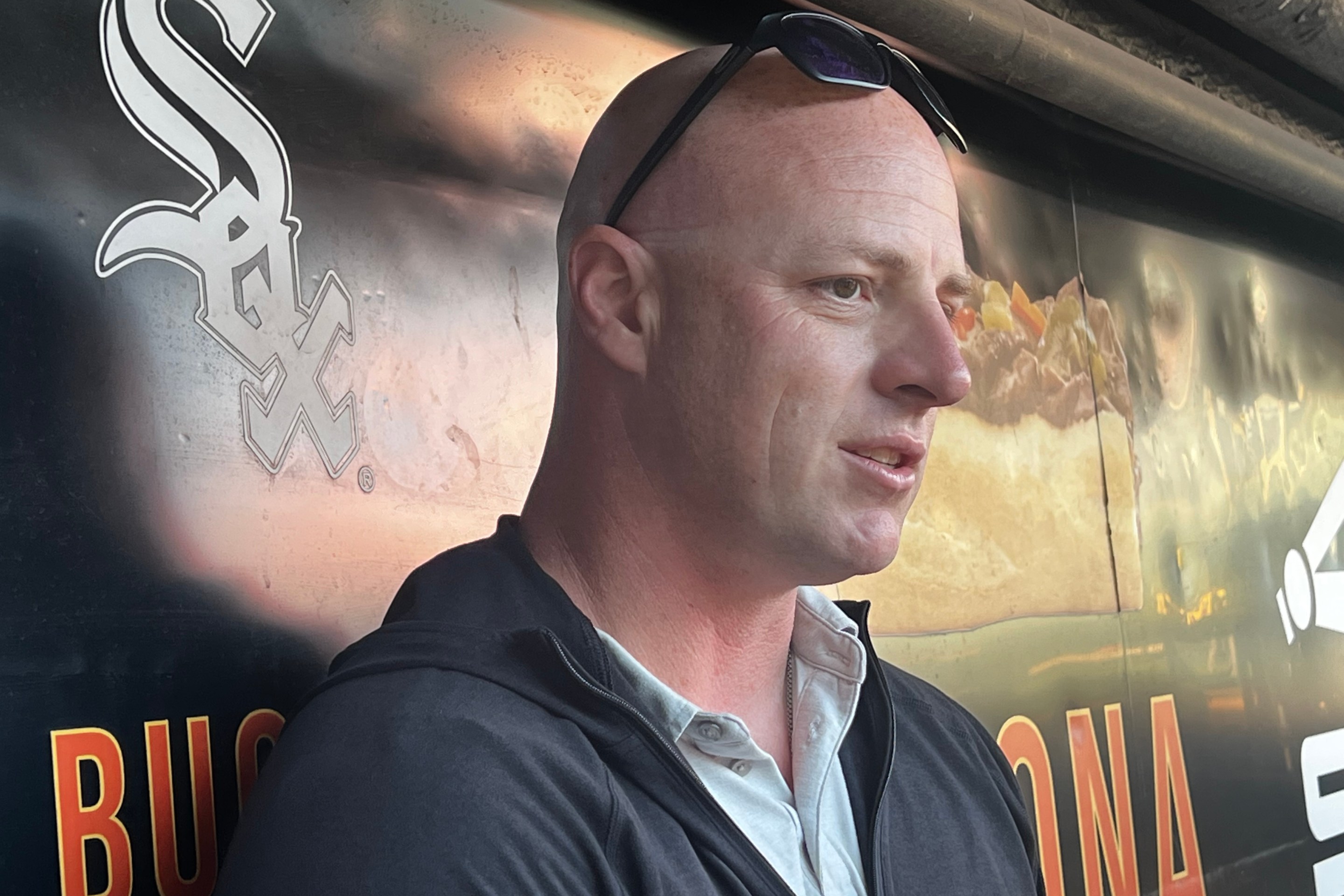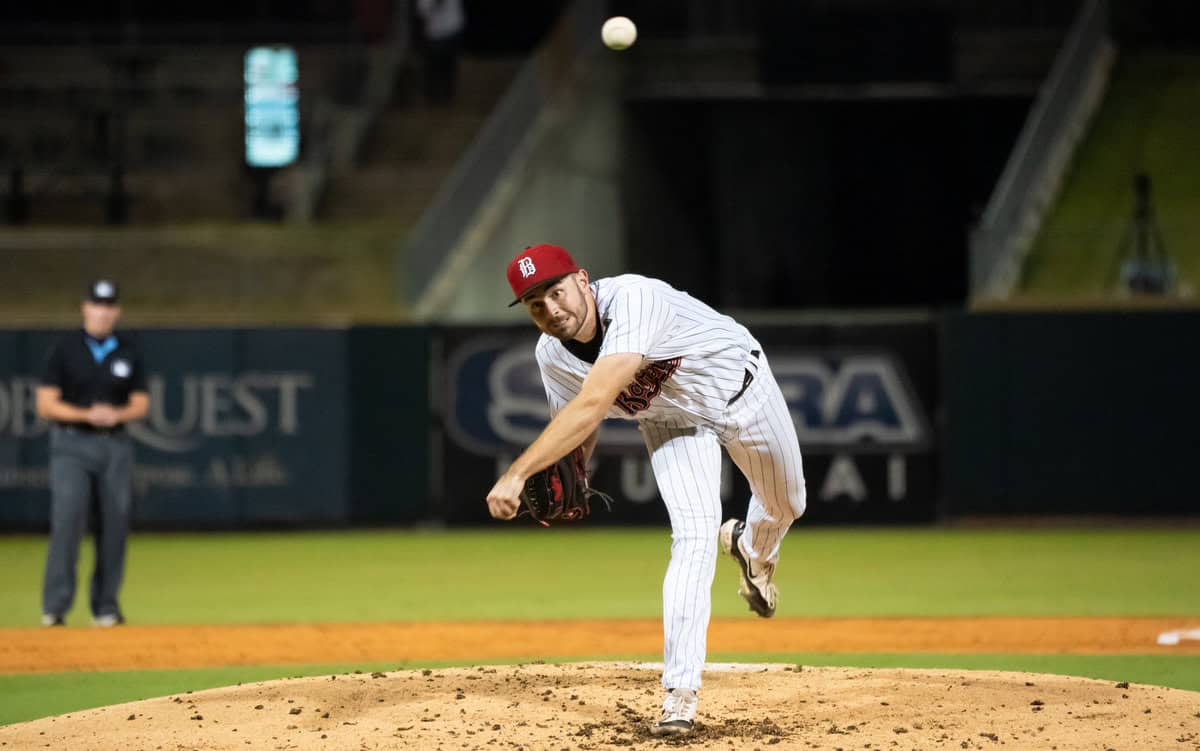When it came to the last round of calls to expand protective netting, the White Sox neither led the charge nor dragged their feet, but instead moved along with the bulk of 30 MLB teams in doing so.
On Tuesday, the Sox had no peers when they announced the expansion of protective netting from foul pole to foul pole. The Rangers joined them shortly after, and it’ll eventually spread to the other 28 teams, because nobody wants to be the last one who willingly enabled some horrible trauma to occur.
The White Sox could have waited for another team to take the leap. It was during a Cubs-Astros game in Houston that Albert Almora's line drive that sent a girl to the hospital, causing Almora to cry in the arms of a security guard on the field. One of those teams could have been more inspired to start it. But the Sox had their own scare when Eloy Jiménez yanked a foul ball into the stands on June 10, which the previously expanded netting couldn't prevent. A woman went to the hospital as a result.
(The White Sox were showing a highlight of Omar Vizquel homering in 2010, so they only showed Jiménez's initial flinch, and then returned to the at-bat after that package. The Nationals broadcast followed it all the way.)
Once teams acknowledged that they had a duty to protect customers in some part of the line-drive zone, it was only a matter of time until the rest of the line-drive zone had to be covered. The White Sox decided to be the first to cover the entirety of foul territory, rather than the 17th.
The only loss is aesthetic, and it is noticeable. In Paul Goldberger’s recent book "Ballpark," he talks about a baseball stadium's role in providing rus in urbe – rural in urban – as a respite for a city’s denizens. When you walk up the ramp and onto the concourse and the vast expanse of green spills out in front of you, that’s the term for that sensation. Granted, it’s not a park anybody can play on, but the illusion works. The screens messes with that, though, as a more heavy-handed reminder that the lawn is for them, not you. (It’s the same reason why I detest those moats that separate the luxury seats from the regular ones behind the dugouts.)
Also, those screens take some of the spontaneity out of fan interaction down the lines, like an outfielder thinking about a nacho, or throwing a cross-body block on an unsuspecting Guerrero.
But the forces that led to the last round of netting just will not relent. Exit velocities inch upward, bats shatter, fans are told to check in with phones and share selfies on the team’s social media properties. Even if you could somehow confiscate phones, the idea of the irresponsible, distracted fan would be a red herring, anyway. The most noble baseball fan will take their eye off the ball to check a pitch count or a radar gun reading, discuss scoreboard trivia, watch an outfielder’s positioning or a baserunner dancing off a bag, or get lost in a discussion about Mike LaValliere.
And even if somehow this magical fan never takes his or her eye off the ball, there’s also the matter of catching a professionally scalded baseball, especially one that might redirect off another fan’s fingertips at the last moment. Lucas Giolito doesn’t buy the average fan’s chances:
“In today’s day and age, you have a lot of young fans, and guys are hitting the ball harder,” pitcher Lucas Giolito told reporters. “I see the counterarguments like, ‘Don’t sit there,’ or, ‘Just pay attention to the game.’ Dude, no matter how much you’re paying attention to the game, if that thing’s coming in 115 miles an hour with tail, no matter if you have a glove this big, it could hit you right in the forehead. For me, being around baseball for so long, I think it’s a smart move because it just keeps people safe. I hate seeing young kids get hit, having to go to the hospital. It just leaves a sick feeling in all of our stomachs.”
And it seems like the players actually care a lot about thefan’s chances, even if they don’t show it to the extent Almora did.
When the White Sox played the Orioles at Camden Yards with no fans in attendance a few years ago, one of the things that jumped out to me was how quickly play resumed after a foul ball. The batter stepped back into the box even as the ball pinballed around empty seats, because it didn’t displace any bodies that needed to reset before the next chance.
When fans are present, players keep an eye on the results when they make better contact. You can see Jiménez follow it above, and others do it on their harder liners. It happens more than you might notice, before the camera cuts away to the foul ball, a replay, an unrelated video package like the Vizquel trivia, etc. Hitters have a lot of things to think about during an at-bat, and “Did I just brain a child?” is probably one they'd like to have removed from the list.
That’s why the netting creep was inevitable, and to my eyes and ears, the comparatively subdued reaction to this round of expansion suggests that fans better understand the trade-off. Maybe it’s because the expanded screens haven’t made the seats behind the dugout any less desirable, or maybe it’s because the “don’t bring your kids close to the field” argument falls apart after the second thought. Or maybe the sight of Almora crying in the arms of a security guard broke through the decades of desensitization from assuming the risks detailed in the fine print on the back of the ticket.
Baseball will lose a little bit of its natural charm when players bounce off screens instead of tumbling into the stands. It’s cool when the players expand the park to include the fans, and there’s a little bit of a loss in knowing Gordon wouldn’t have creamed Guerrero, that the Juan Uribe catch in Houston would’ve been a foul ball, that Avisail Garcia might never have high-fived this child.

It’s cool when players blur the line like this, and the loss of those plays are the ones I’ve reflexively bemoaned when internally processing endless screens.
It’s just not nearly as charming when missiles breach the barrier, and that happens to be the one that’s way more common. When you consider that baseball is the only sport whose players routinely injure the people who show up to support them, it’s amazing pole-to-pole nets didn’t happen decades sooner.






